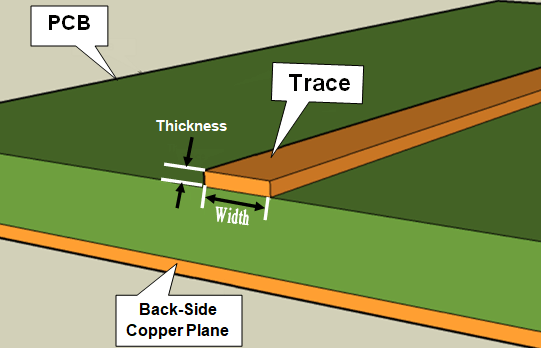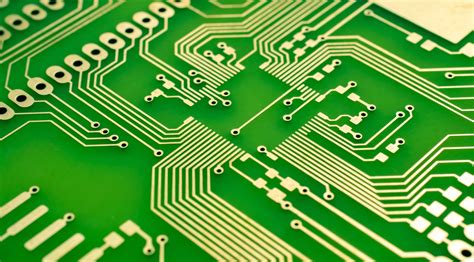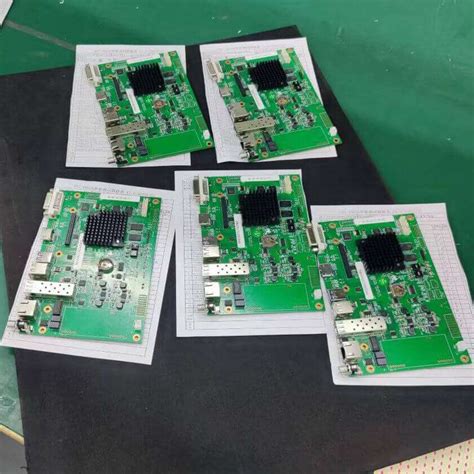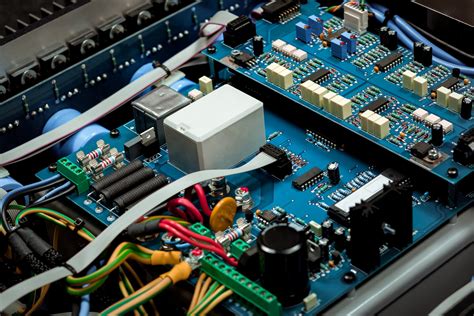FPC PCBA Assembly and Soldering Process: A Comprehensive Guide
Introduction
Flexible Printed Circuits (FPCs) have become increasingly popular in modern electronics due to their lightweight, thin profile, and ability to bend and conform to various shapes. However, assembling and soldering FPCs onto Printed Circuit Board Assemblies (PCBAs) presents unique challenges compared to rigid PCBs. This article provides a detailed overview of the FPC PCBA assembly and soldering process, covering key steps, techniques, and best practices to ensure high-quality and reliable connections.
1. FPC and PCBA Overview
1.1 What is FPC?
FPC (Flexible Printed Circuit) is a type of PCB made from flexible materials such as polyimide or polyester. It allows for dynamic bending and folding, making it ideal for applications like smartphones, wearables, medical devices, and automotive electronics.
1.2 PCBA Assembly Basics
PCBA (Printed Circuit Board Assembly) refers to the process of mounting and soldering electronic components onto a PCB. When integrating FPCs into PCBAs, special considerations must be taken due to their flexible nature.
2. FPC PCBA Assembly Process
2.1 Design and Preparation
Before assembly, proper design considerations must be made:
- FPC Pad Design: Ensure proper pad size and spacing for soldering.
- Stiffener Application: Reinforce FPC areas where components will be soldered to prevent bending during assembly.
- Adhesive Selection: Use appropriate adhesives to secure FPCs to rigid PCBs or housings.
2.2 Surface Mount Technology (SMT) for FPC Assembly
SMT is commonly used for FPC assembly due to its precision and efficiency. The process includes:
Step 1: Solder Paste Application
- A stencil is used to apply solder paste onto the FPC pads.
- Due to FPC flexibility, vacuum fixtures or carriers are used to hold the FPC flat during paste printing.
Step 2: Component Placement
- Pick-and-place machines accurately position components onto the solder paste.
- Care must be taken to avoid misalignment due to FPC movement.
Step 3: Reflow Soldering
- The FPC passes through a reflow oven where the solder paste melts and forms electrical connections.
- Temperature profiles must be carefully controlled to prevent FPC warping or delamination.
2.3 Through-Hole Technology (THT) for FPCs
Some FPC assemblies require through-hole components. Key steps include:
- Manual or Automated Insertion: Components are inserted into holes in the FPC.
- Wave Soldering or Selective Soldering: The FPC must be supported to prevent bending during soldering.
2.4 Hot Bar Soldering (for FPC-to-PCB Connections)
Hot bar soldering is a common method for connecting FPCs to rigid PCBs:
- A heated thermode presses the FPC’s conductive pads against the PCB pads.
- Solder preforms or paste are used to form a strong bond.
- Temperature, pressure, and dwell time must be optimized to avoid damage.

3. Key Challenges and Solutions in FPC Soldering
3.1 FPC Warping and Misalignment
- Solution: Use stiffeners, fixtures, or carriers to keep the FPC flat during assembly.
3.2 Solder Joint Reliability
- Solution: Optimize solder paste composition and reflow profile to ensure strong intermetallic bonding.
3.3 Delamination Due to Heat
- Solution: Use low-temperature solder alloys and controlled heating profiles.
3.4 Handling and Contamination
- Solution: Clean FPC surfaces before soldering and use anti-static handling procedures.
4. Inspection and Testing
4.1 Automated Optical Inspection (AOI)
- Checks for solder defects such as bridging, insufficient solder, or misalignment.
4.2 X-Ray Inspection
- Used to inspect hidden solder joints, especially in high-density FPC assemblies.
4.3 Functional Testing
- Verifies electrical connectivity and performance of the assembled FPC PCBA.
5. Best Practices for FPC PCBA Assembly
- Use Proper Fixturing: Ensures stability during soldering.
- Optimize Solder Profiles: Prevents thermal damage.
- Implement ESD Protection: Avoids static damage to sensitive components.
- Conduct Regular Process Audits: Ensures consistent quality.

Conclusion
FPC PCBA assembly requires specialized techniques to overcome challenges related to flexibility, heat sensitivity, and alignment. By following optimized soldering processes, using appropriate fixtures, and implementing rigorous inspection methods, manufacturers can achieve reliable and high-quality FPC assemblies. As flexible electronics continue to grow in demand, mastering FPC soldering techniques will remain a critical skill in the electronics manufacturing industry.







